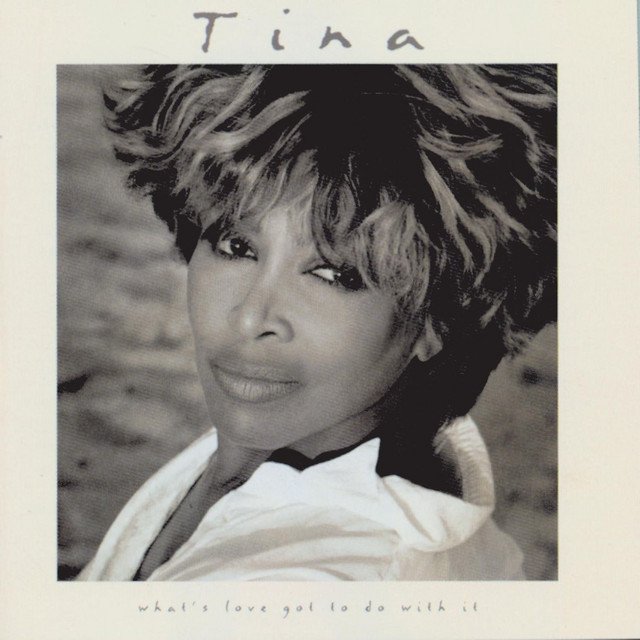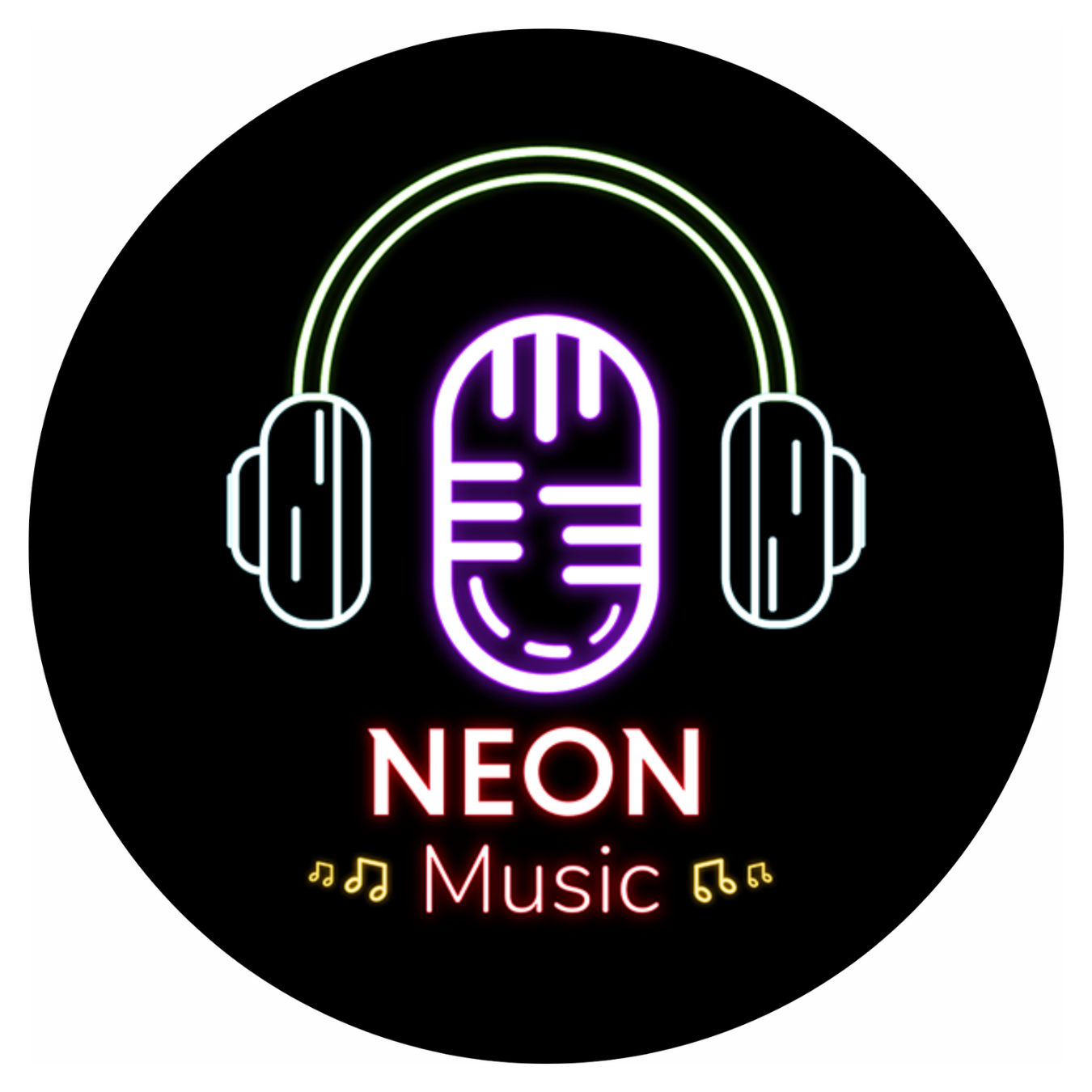Have you ever wondered how a song that was rejected by several artists became one of the most influential tracks in pop culture? In this article, we will explore the fascinating story behind Tina Turner’s What’s Love Got to Do with It and how it inspired two very different films about love and culture.
The Genesis of a Classic
The song was born in 1983, when British songwriters Terry Britten and Graham Lyle penned a catchy tune with a provocative title. They offered it to Cliff Richard, who turned it down, saying it was too “risky” for his image. The song then bounced around various record labels until it landed in the hands of Tina Turner, who was looking for a comeback after a turbulent decade.
Turner recorded the song with Britten as the producer and gave it a soulful twist that suited her powerful voice. However, not everyone was impressed by the result. Turner’s manager and then-husband, Roger Davies, thought the song was too “poppy” for her rock image. Turner’s label, Capitol Records, also had doubts about the song’s potential and initially released it as a B-side.
But Turner had faith in the song and insisted on promoting it as a single. She was right to do so, as the song soon caught the attention of radio stations and listeners, who were drawn to its catchy melody and intriguing lyrics.
Chart-Topping Success
The song quickly climbed the charts, reaching the number one spot on the Billboard Hot 100 on September 1, 1984. It stayed there for three weeks, becoming Turner’s first and only solo number-one hit in the U.S. The song also topped the charts in Australia and Canada and reached number three in the U.K. It sold over two million copies worldwide and earned a Gold certification by the RIAA.
The song’s success was not limited to the pop genre. It also crossed over to the Adult Contemporary and R&B charts, demonstrating its wide appeal and versatility. The song also spawned several remixes and cover versions by artists such as Warren G, Kygo, and Seal.
Awards and Accolades
The song’s artistic merit was recognised by the music industry, as it swept the 1985 Grammy Awards. It won three of the most prestigious categories: Best Female Pop Vocal Performance, Record of the Year, and Song of the Year. The latter two awards were especially significant, as they honoured the songwriters as well as the performer. The song also won an MTV Video Music Award for Best Female Video and a Brit Award for Best Single.
The song’s awards not only celebrated its musical quality but also its cultural impact. The song marked Tina Turner’s triumphant comeback after years of struggling with domestic abuse, divorce, and bankruptcy. The song also empowered many women, who related to its message of independence and self-respect.

The Meaning Behind the Music
The song’s lyrics, written by Britten and Lyle, question the necessity of love in a relationship and suggest that physical attraction is enough. The chorus goes:
What’s love got to do, got to do with it What’s love but a second hand emotion What’s love got to do, got to do with it Who needs a heart when a heart can be broken
The song’s title was inspired by a conversation that Britten had with his wife, who asked him, “What’s love got to do with it?” when he told her he loved her. Britten thought it was a “great hook”, and decided to use it for the song.
The song’s theme resonated with many people, who found it realistic and relatable. Some interpreted it as a cynical view of love, while others saw it as a liberating statement of self-reliance. Turner herself said that the song reflected her own experience of love, which was “not always happiness”.
Cinematic Celebrations
The song’s narrative extended beyond the airwaves into the cinematic realm, as it inspired two films that explored different aspects of love and culture.
The first film was What’s Love Got to Do with It (1993), a biographical drama that chronicled Tina Turner’s life, from her rise to fame with her abusive husband, Ike Turner, to her divorce and solo career. The film starred Angela Bassett as Tina and Laurence Fishburne as Ike, who both delivered powerful performances that earned them Oscar nominations. The film also featured several of Turner’s songs, including What’s Love Got to Do with It, which was re-recorded for the soundtrack.
The film received critical acclaim and was praised for its honest and compelling portrayal of Turner’s struggle and triumph. The film also grossed $39.1 million at the box office, making it a moderate commercial success.
The second film was What’s Love Got to Do with It (2022), a romantic comedy that followed the experience of Zoe, a white British filmmaker who documented the arranged marriage of her childhood friend Kaz, a British-Pakistani man, to a bride from Pakistan. The film starred Lily James as Zoe and Shazad Latif as Kaz, and also featured Shabana Azmi and Emma Thompson in supporting roles. The film was directed by Shekhar Kapur, who was known for his films about cross-cultural conflicts and identities.
The film received mixed reviews, with some critics praising its humour and charm and others criticising its clichés and stereotypes. The film also performed well at the box office, earning $11.1 million worldwide. It also won four awards at the 2023 National Film Awards, including Best Screenplay and Best British Film.
The film’s title was borrowed from Tina Turner’s song as a homage to her influence and legacy. The film also featured a cameo appearance by Rahat Fateh Ali Khan, a Pakistani singer who is the nephew of Nusrat Fateh Ali Khan, the legendary Qawwali singer who collaborated with Tina Turner on the song Ishq Da Rutba in 1996.
Conclusion
From a song that many artists overlooked to an iconic track that defined a generation, What’s Love Got to Do with It stands as a testament to the power of resilience and reinvention. It’s a reminder that sometimes the most profound connections come from the contrasts within our stories.
You might also like:
- The Enigma Behind Hotel California Lyrics: An In-Depth Exploration
- Take On Me by a-ha: An In-Depth Exploration of Lyrics, Legacy, and the Luminaries Behind It
- Songs About Revenge: The Ultimate Guide to the Most Vengeful Lyrics and Stories
- Never Gonna Give You Up Lyrics: The Story Behind Rick Astley’s Iconic Hit


